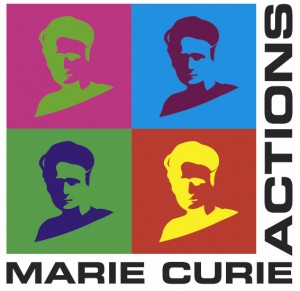The price of electrical energy has been skyrocketing last year. As a result, the cheapest supplier of Czech Republic, Bohemia Energy has now bankrupted, forcing several institutions to transfer their contract to other, more expensive suppliers. Unfortunately, cost for electricity in future will be multiplied by a factor close to 4 (and a factor 10 during the time to negotiate new contracts!), hence impacting the activities in High Power Computation of Czech Republic. Note that similar problems took place in Poland and Norway last months as well.
IT4Innovation, the Czech national supercomputing facility located in Ostrava, has expressed difficulties through their website. On Tuesday, the IT4I users council has met to discuss this extraordinary situation, where mitigation actions were discussed.
Our other computational center, provided by PRACE DECI in Portugal, got an incident due to electrical interruption that has damaged their facility. Finally, the production has restarted in the end of January.
As a result, our high power computation activities have been strongly reduced in second part of January and could partially restart at the end of the month. While our PRACE-DECI project will continue to fully support our activities, it is unlikely that our access to IT4I will be operating again before the end of our project IT4I-OPEN-20th FLAMENCO on March 21st, thus decreasing our number of available core-hours on that project.
 The “QuantumLaP” project has been approved by the
The “QuantumLaP” project has been approved by the